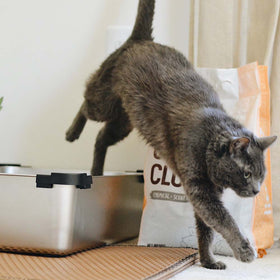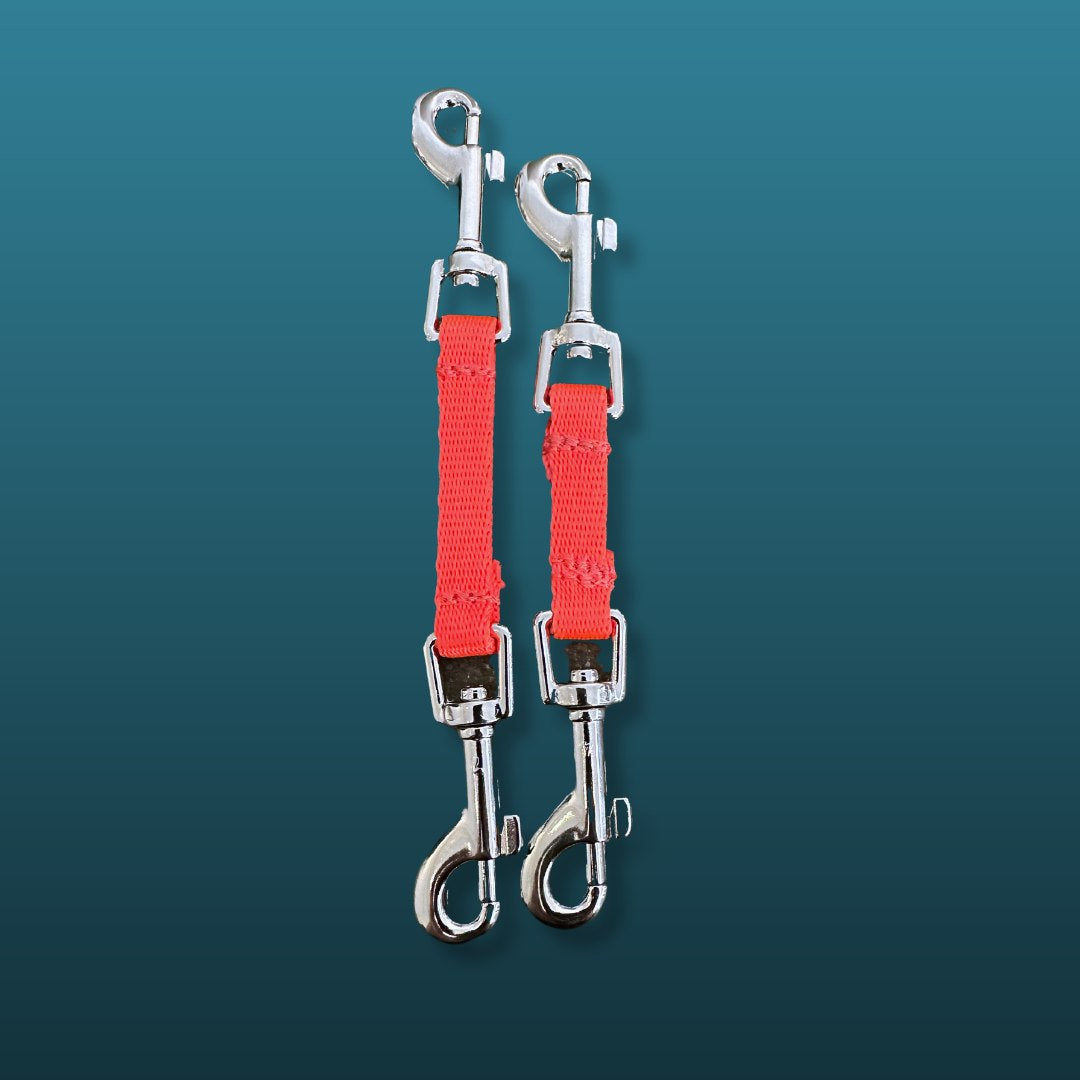
Loose Leash Walking
All of us want our dogs to walk well on a leash. In fact, it’s one of the top reasons canine caregivers contact a professional for help. So let’s take a closer look at why it’s such a difficult skill to master and what you can do to make this time enjoyable for both you and your dog.
For many, the desire is for their dog to walk nicely at their side, move at their pace and perhaps even make eye contact with them. In reality this is an unrealistic expectation because this way of walking is very unnatural for a dog. If we observe free-ranging dogs, or just our own dogs when they’re off-leash, we can see how they move around in different directions, going from place to place investigating and exploring the environment. They don’t walk in a straight line or move at a fast pace, they take their time soaking in and processing the information they’re gathering through their noses.
If we’re trying to get them to walk beside us without allowing them opportunities to sniff or explore we just create a frustration for them. Dopamine is the neurotransmitter associated with anticipation and reward. Now take the example of a dog out on a walk, they smell something interesting or see another dog in the environment and suddenly there’s a rush of dopamine in the brain. If they get to engage with those things even more dopamine is released. However, if they’re prevented from engaging the dopamine drops off so significantly; it can even activate the “threat pathways” in the brain. This frustration response leads to stress, and in some cases can even lead to aggressive outbursts. And a dog who’s stressed is unable to relax or walk calmly and will often pull on lead or move more erratically.
So what do we do instead?
Using a well-fitted Y-shaped harness and longer leash, we can slow our walking pace right down and allow the dog to explore and investigate, choose where they want to go and decide what to engage with. This is vitally important for puppies. They need to be able to move freely, in different directions over different surfaces and terrains that provide gentle challenges that activate all their muscles. Repeatedly walking on a leash too quickly, over the same surface has detrimental effects on their developing bodies and will increase the likelihood of injury or joint problems due to resulting instability in adulthood.
Providing opportunities to indulge in instinctual and natural dog behaviours promotes relaxation and feelings of calm. For your dog, having choice and control during walks is just as important for their mental well-being. We control so much in their lives already, and giving them a measure of control, even in this small way, has far reaching consequences to their overall health.
If your dog pulls excessively or seems manic on walks, try this out for a few weeks and see what happens. We’re pretty sure you’ll both be happier and enjoy the walk more!
To see some fantastic examples of loose leash walking check out the Smiling Leash Project.









